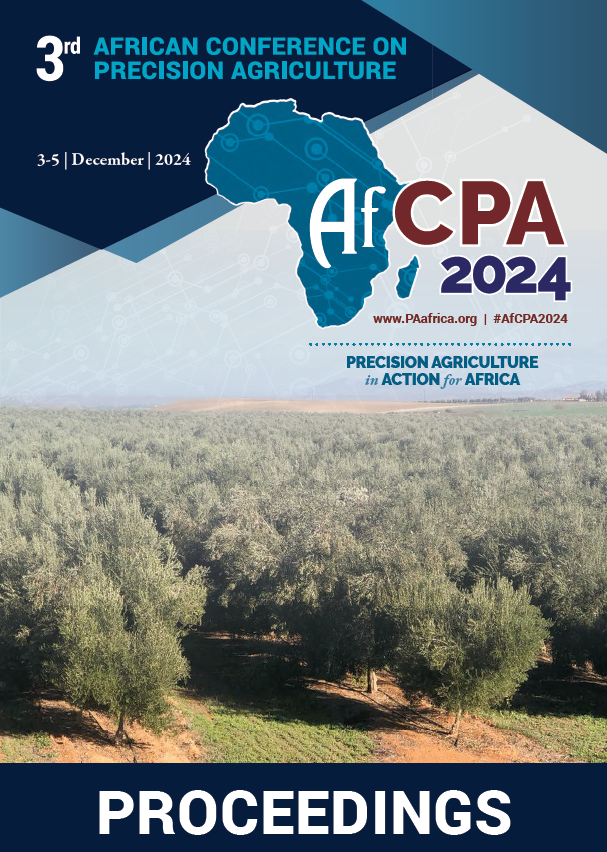Download the Conference Proceedings
Get your copy of the 2024 African Conference on Precision Agriculture Proceedings today! Download the PDF file and view all of the available proceedings.
Proceedings
Authors
| Filter results1 paper(s) found. |
|---|
1. Decentralized Research: an Opportunity to Accelerate the Transition Towards Sustainable Food ProductionThe large majority of farmers experiment on their farms to invent and/or adopt new crop production techniques and technologies. This endogenous experimentation process is slow because it often resembles trial and error and relies on minimal data (e.g., comparing total yield between two fields) to draw conclusions. Digital agronomy can help enhance the scientific value of these experiments and thus enable systematic progress toward working solutions. This presentation will discuss the use... L. Longchamps |
